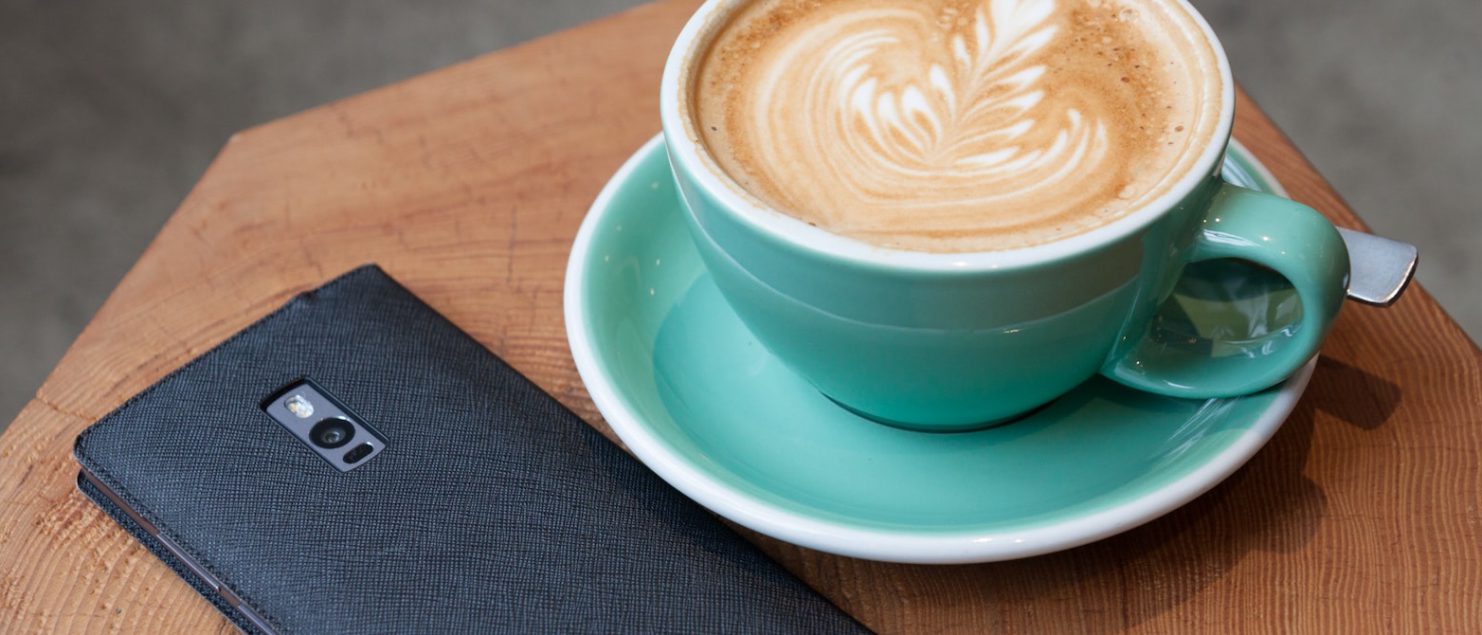How Health Tech Can Combat the High Cost of Lifestyle Choices
Photo by Kim S. Ly on Unsplash
Lifestyle choices can be costly to patients, their insurance companies and to the American healthcare system in general. For instance, obesity-related healthcare costs top $190 billion each year, while inactivity adds another $117 billion to our annual bill. Even things we generally take for granted, like drinking an adequate amount of water each day, can have negative health outcomes (a frighteningly common scenario among seniors for the simple reason that as we age we don’t feel thirsty).
At-home healthcare apps, connected devices and other innovative experiences (aka “health tech”) are natural solutions, and there are plenty available. But for the most part, health tech solutions focus on a single goal, e.g. reminding people to take medications or logging calories for dieters. What the market lacks is a health-tech tool that addresses all the factors that affect health—medical therapies, lifestyle habits, home environments—in a holistic way.
This is an opportunity for the tech sector to help patients drive better health outcomes and reduce overall healthcare costs by showing them how to embark on a path of wellness.
Home is the Center of Health
According to the CDC, 51% of the American population has at least one chronic disease. Science shows that diet and lifestyle can greatly mitigate many of them, and even eliminate the need for medication. But simply telling people to live a healthier lifestyle isn’t productive. It can be dangerous for someone with heart disease to take up running without first building up stamina via walking. And not everyone knows how to eat healthfully. I have a friend who filled up his freezer with frozen high sodium Buffalo chicken wings because his doctor told him to eat less red meat to control his blood pressure.
The home environment has a big impact on overall health, and importantly, a patient’s ability to adhere to medication schedules. How we choose to stage and stock our pantries, bedrooms and bathrooms will have either a positive or negative impact on diets, sleep and hygiene. In an ideal world, we don’t wait until we are sick before we proactively focus on our health. Health is as much about the maintenance of positive habits as it is being treated for a disease.
Ways Home Health Tech Can Promote Healthy Lifestyles
So how will such a health-tech app function? Imagine during an initial set-up process, an app prompts users to describe their daily routine. For instance, if the patient has a set morning ritual of doing the crossword puzzle while sipping coffee, the app can promote medication adherence by suggesting the users place their medications next to the pencil they use. Those visual cues are great reminders to complete the desired behavior. Going further, imagine an augmented reality (AR) experience that analyzes a user’s environment, places healthy objects virtually, and coaches them to make these changes. The ability to visualize these changes will only make it easier to be successful.
Going further, health-tech tools can prompt users to make critical lifestyle changes based on the medications they’re prescribed. For instance, an app can download information on the DASH diet for people diagnosed with hypertension, or provide a list of foods to be avoided for patients who suffer from kidney stones.
Those food rules, accessible via a mobile device, will be useful when patients visit a grocery store. I can imagine a scenario in which a user accesses recipes or sample menus for a DASH or low fat diet, and with a push of a button, creates a shopping list to bring in-store or even send to Instacart.
